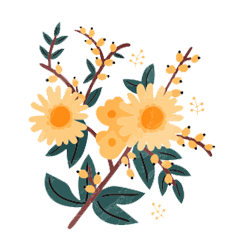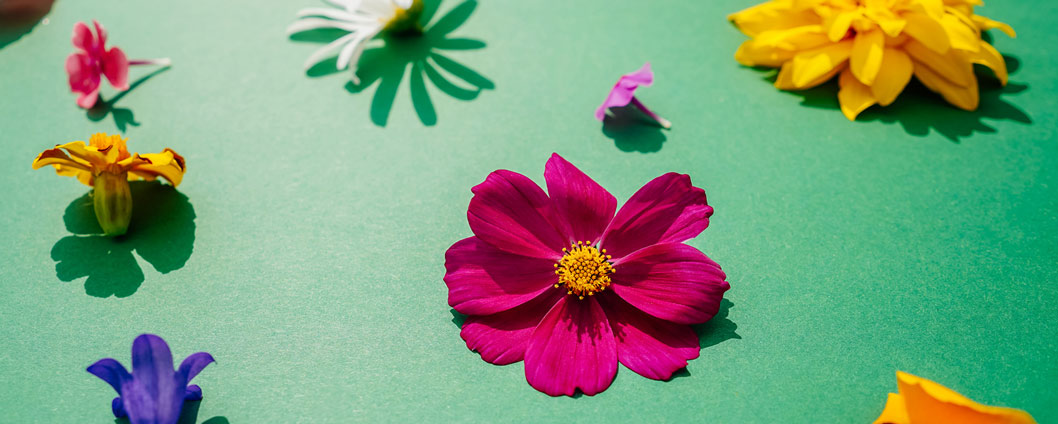A Simple Guide to Identifying Common Flowers
Stepping into the world of flowers can be overwhelming! With countless shapes, colors, and scents, it’s easy to feel lost in a sea of petals. But don’t worry, budding botanists! Identifying common flowers is a skill anyone can learn. This guide will help you get started, turning you from a flower novice into a confident floral enthusiast.
Why Learn to Identify Flowers?
- Appreciation for Nature: Understanding the names and characteristics of flowers deepens your connection to the natural world.
- Enhanced Gardening Skills: Knowing your flowers helps you care for them properly, ensuring they thrive.
- Creative Inspiration: Identifying flowers expands your floral design possibilities, whether you’re arranging bouquets or decorating for events.
- Safety Awareness: Some flowers are poisonous, so identification is crucial for safety, especially around children and pets.
- Impress Your Friends! You’ll be the go-to person for floral knowledge.
Key Characteristics to Observe:
When trying to identify a flower, pay attention to these key features:
- Flower Shape and Structure:
- Are the petals arranged in a single layer or multiple layers?
- Is the flower trumpet-shaped, daisy-like, or a cluster of tiny blooms?
- How many petals does the flower have?
- Color:
- Note the dominant color and any variations or patterns.
- Are the colors vibrant or muted?
- Leaf Shape and Arrangement:
- Are the leaves heart-shaped, lance-shaped, or rounded?
- Are they arranged alternately, oppositely, or in whorls?
- Stem and Growth Habit:
- Is the stem smooth, hairy, or thorny?
- Does the flower grow on a tall stalk, a vine, or a bush?
- Scent:
- Does the flower have a strong, sweet, or subtle scent?
- Is there any scent at all?
- Season:
- When does the flower typically bloom? Many flowers are seasonal.
- Location:
- Where did you find the flower? Some flowers are native to specific regions.
Common Flowers and Their Identifying Features:
Here are a few common flowers to get you started:
- Roses:
- Recognized by their layered petals, often with a strong fragrance.
- Various colors, from classic red to pastel hues.
- Thorny stems.
- Tulips:
- Cup-shaped flowers with six petals.
- Available in a wide range of colors.
- Grow on tall, slender stems.
- Sunflowers:
- Large, daisy-like flowers with bright yellow petals and a dark center.
- Known for their heliotropism (following the sun).
- Tall, sturdy stems.
- Daisies:
- White petals surrounding a yellow center.
- Simple, cheerful appearance.
- Grow on slender stems.
- Lilies:
- Trumpet-shaped flowers with six petals.
- Often fragrant.
- Various colors and patterns.
- Hydrangeas:
- Large clusters of small flowers.
- Colors can change depending on soil pH.
- Large, green leaves.
Tools for Flower Identification:
- Flower Identification Apps: Apps like PlantNet, PictureThis, and iNaturalist can identify flowers from photos.
- Field Guides: Books and websites dedicated to flower identification provide detailed descriptions and illustrations.
- Botany Websites: Websites like the Missouri Botanical Garden and the Royal Botanic Gardens, Kew, offer extensive information on plant identification.
- Local Botanical Gardens: Visiting a local botanical garden can provide hands-on experience and expert guidance.
Tips for Success:
- Take Clear Photos: Capture multiple angles of the flower, including close-ups of the petals, leaves, and stem.
- Be Patient: Flower identification can take time, especially for less common species.
- Join a Flower Group: Connect with other flower enthusiasts online or in person to share knowledge and learn from each other.
- Practice Regularly: The more you observe and identify flowers, the better you’ll become at it.
Embarking on your flower identification journey is a rewarding experience. With a little observation and the right tools, you’ll soon be able to name the beautiful blooms that surround you. Happy flower spotting!




